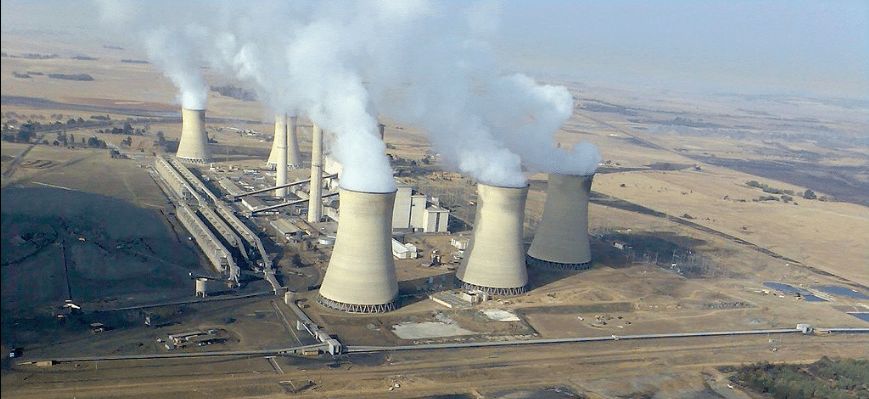Carbon Emissions Fall as China Invests Heavily in Clean Energy
China’s coal use declined by 3.7 percent in 2015 while the country made large investments in clean energy, according to official data released by the Chinese statistics bureau late Sunday night. In addition, the country’s energy intensity fell by 5.6 percent last year. In 2014, Chinese coal use fell for the first time in more than 15 years, marking the first time on record that emissions decreased while total energy consumptionincreased. According to Greenpeace, the new numbers make clear that this trend continued in 2015, with a fall in economy-wide emissions of between 1 and 2 percent.
In 2015, China increased its installed capacity of grid wind power by 33.5 percent and its grid-connected solar capacity by an unprecedented 73.7 percent, according to the new data. China was the world’s largest investor in renewables in 2015, spending$110.5 billion on clean energy, a 17 percent increase from the year before. By 2030, China plans to build as much clean energy capacity as the the entire US energy grid.
China has an outsize impact on both global coal markets and global carbon emissions, and accounts for around half of the global coal consumption. The new data follows an announcement made late last year by the Chinese government of athree-year moratorium on new coal mines and a push to decrease coal use from 64.6 percent of the electricity sector in 2015 to below 62.6 percent in 2016. China’s National Energy Administration announced that it expects to close more than 1,000 coal mines in 2016.
China’s shift away from coal dovetails with the nation’s participation in international climate negotiations, both in COP21 in Paris and in bilateral agreements. In a bilateral agreement with the US, China declared that it would peak carbon emissions by around 2030, while working to peak earlier if possible, and increase zero-emission energy generation to 20 percent of the nation’s energy mix.
Chinese officials recently said that the country is well on the way towards meeting—and even far surpassing—its climate targets for 2030, as enshrined in the Paris Agreement.
China’s government has displayed an increased awareness of the public health impacts of coal-fired power. Beijing has issued two red alerts for air pollution since December 2015, forcing schools and offices to close. An analysis by Berkeley Earth found that air pollution contributed to 1.6 million deaths per year in China—almost one fifth of all deaths. The final remaining coal plant in Beijing is expected to close this year as the government works to tackle smog.
The Chinese government is expected to release its next five-year economic plan in early March, in which the country will announce its next major slate of policy priorities. In October 2015, China signaled some of the contents of that plan, which include scaling up regional carbon trading systems to a national system; expanding the adoption of electric vehicles; and increasing the rigor of emissions monitoring and permitting. Preliminary assessments found that China is on track to exceed many of the energy and climate action targets laid out in its last five-year plan.


